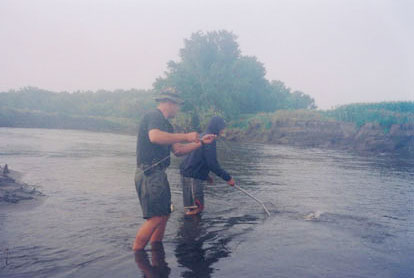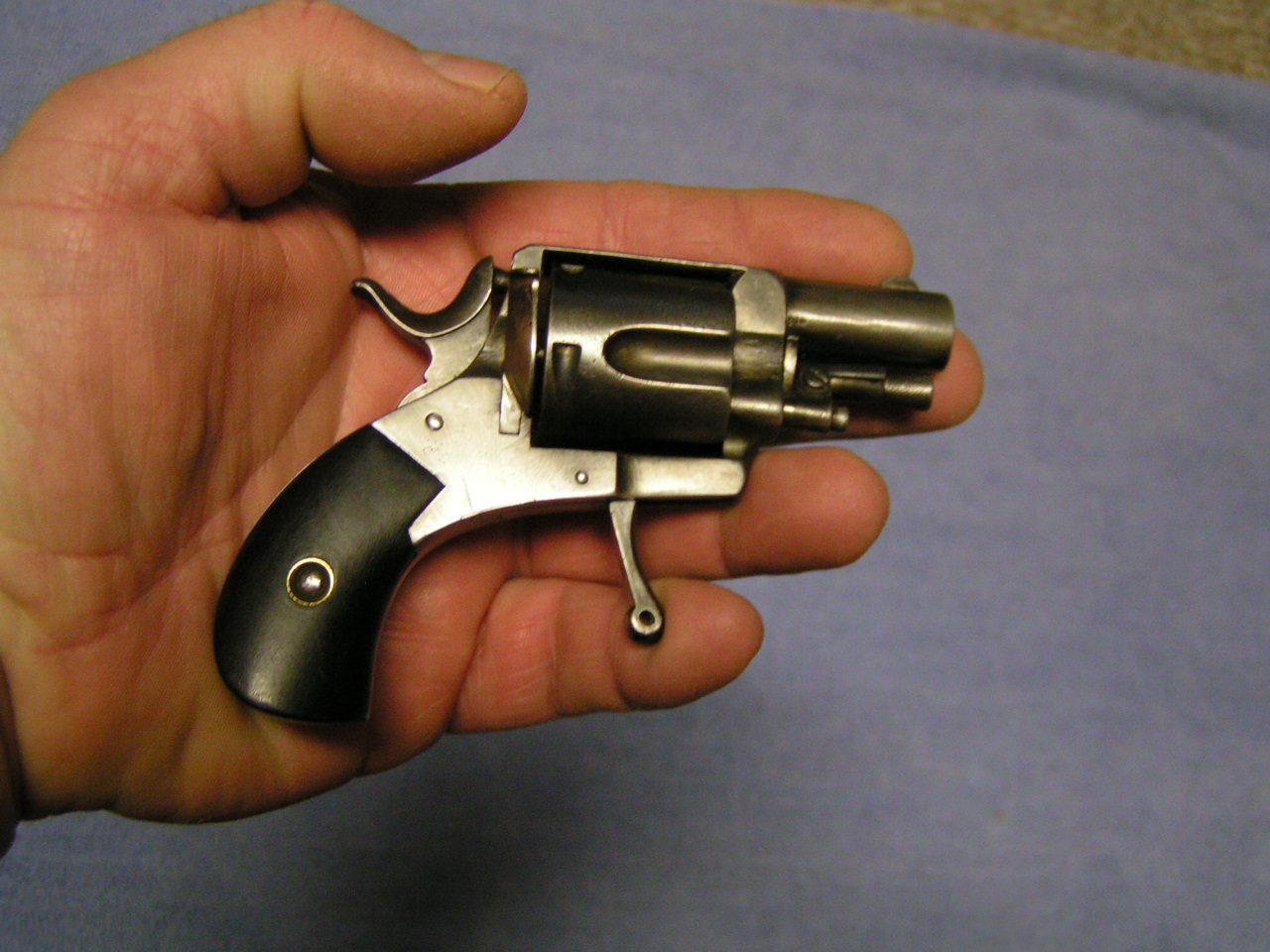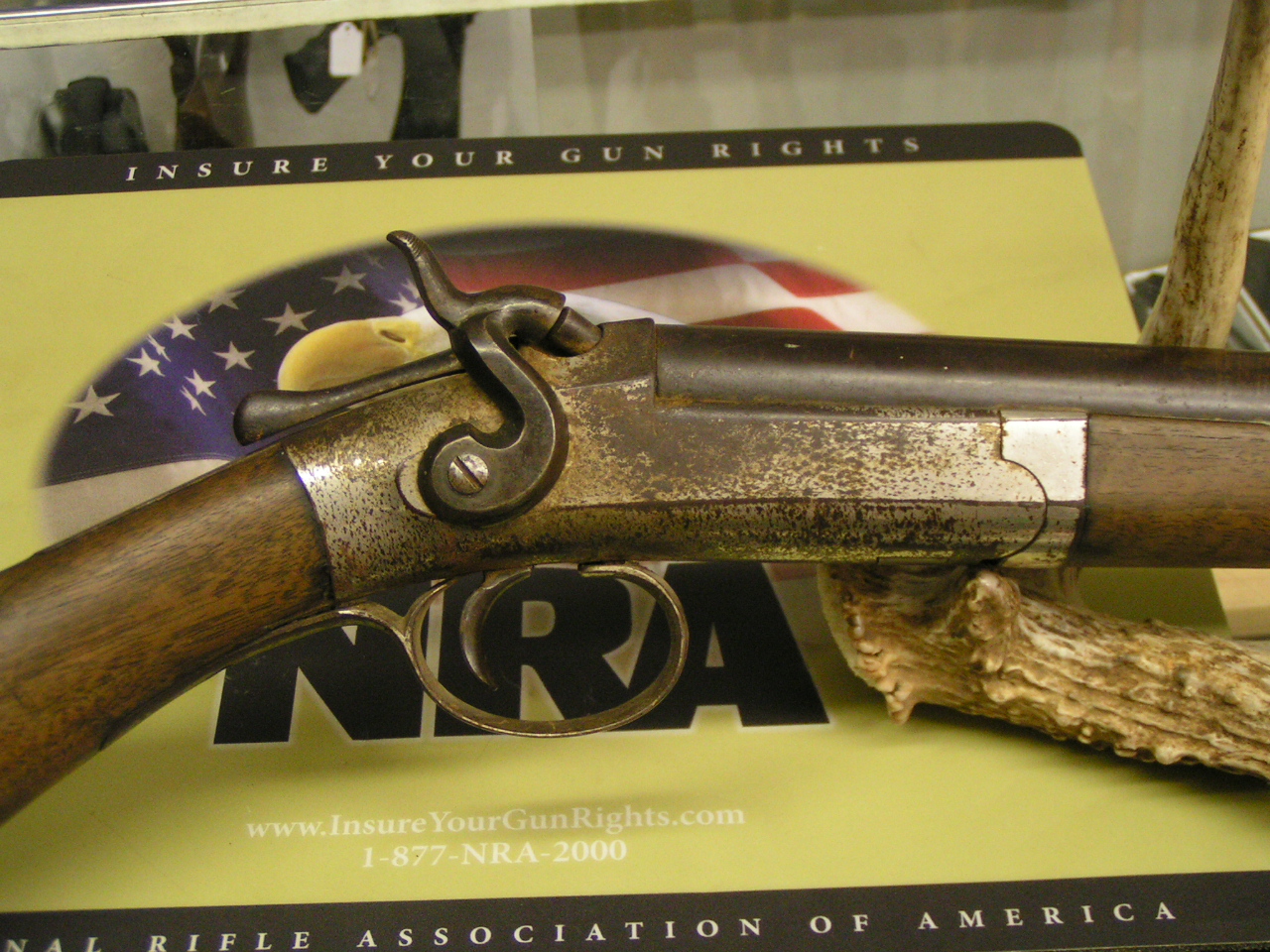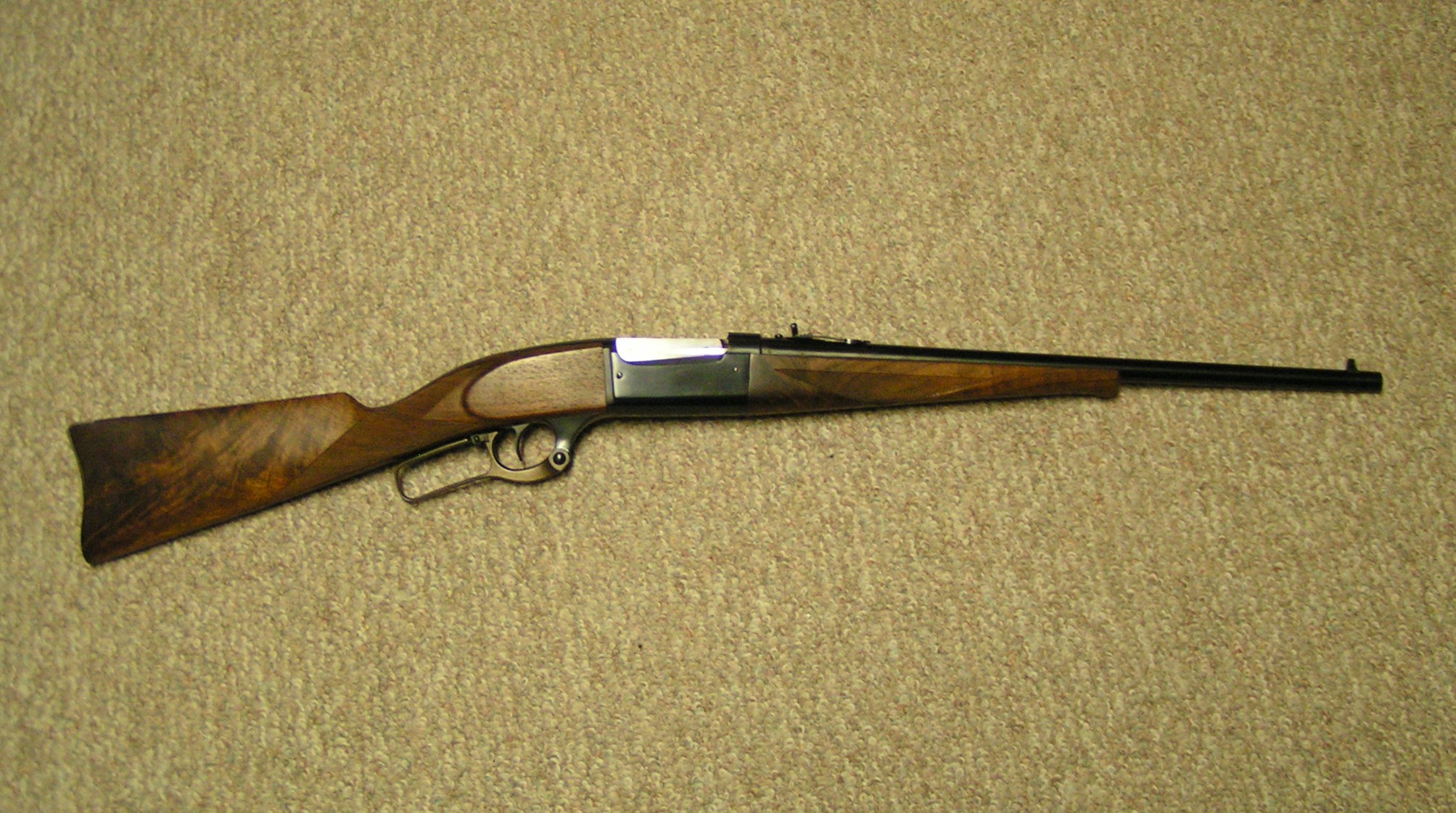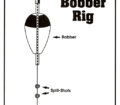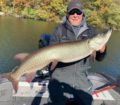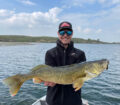By Bob Jensen
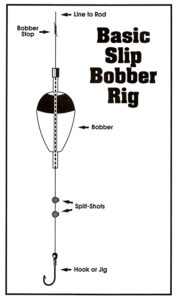
(photo by Bob Jensen) How to rig a slip bobber. Artwork from Pro-Mo’s Secrets to Live Bait Fishing for Walleyes
There are lots of ways to catch fish. Some anglers like to try to learn a new technique every year. Others like to refine a technique that they’re already familiar with. Doing so increases that angler’s odds of fishing success.
For instance, jigs will catch fish much of the time, but they’re not always the best choice. Maybe a live bait rig would be better in some situations, or maybe crankbaits would be more productive when the fish are spread out. The angler that is proficient in several techniques will catch fish more frequently.
A technique that works well in some situations employs a slip-bobber. When the fish are finicky, a slip bobber will often coax them into biting.
When the fish are tightly schooled, slip bobbers will keep the bait right in front of the fish for an extended period of time.
When the fish are suspended at a certain level, a slip bobber enables an angler to suspend a bait at that level. At times slip bobbers will put fish in the boat better than anything else.
Sometimes we think of bobber fishing as a technique that appeals mostly to beginning anglers. I remember, as a youngster, watching a red and white, fixed position bobber float across the surface of a pond, then mysteriously disappear, and then reeling in my line with a fish attached. Wonderful memories! But a slip bobber is different than the round red and white bobbers that clip onto your line.
Slip bobbers have a hollow stem that goes through the bobber. You slide your line through that stem, which allows the bobber to slide on your line.
The thing that makes the slip bobber work is the bobber stop. It is often a small knot that will slide through the guides on your rod. The bobber stop is placed on your line, then the bobber is slid onto the line. Now tie your hook on.
If you set the bobber stop five feet above the hook, your bait will suspend five feet below the bobber. This allows you to present the bait at whatever level the fish are. Some trial and error will be necessary to determine the proper depth. Set the bobber stop so the bait will be suspended a little above where you think the fish are.
Most anglers work from an anchored position when slip bobbering. If there is some wind, anchor upwind of what you believe to be a fish holding area. Cast your rig upwind of the suspected fishy spot and let it drift through that area. Give the fish plenty of time to look at your rig, then reel it in and cast to another position that will enable your presentation to go through a slightly different section.
Work an area thoroughly. In states that allow multiple lines, it works well to cast something like a crankbait while the bobber rig is doing its thing.
Some anglers like plain hooks tipped with live bait below the bobber, others go for a small jig. A 1/16th-ounce Shoo Shiner Jig with a leech or minnow is a killer below a bobber. Lighter jigs enable the live bait to have more action. If you need more weight, crimp a couple of split-shot onto the line a foot or so above the jig.
Using a slip bobber can help an angler catch more fish and bigger fish in some conditions. Consider adding slip bobbers to your fishing arsenal if you haven’t already done so.





